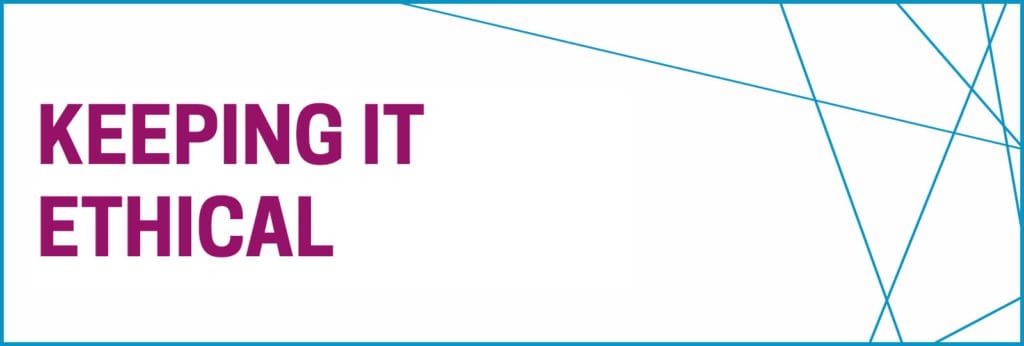Keeping it Ethical is our weekly blog series highlighting the 33 Principles for Good Governance and Ethical Practice. Throughout the series, we hope to highlight the importance of each Principle and the helpful resources associated with it, and learn more from you about how you’ve incorporated these Principles into your charitable organization.
Our last few blog posts have been all about nonprofit boards, covering topics like “What is a board?”, and “What does it do?”
Well, Principle 10 is about boards, too – specifically, “What should your board’s structure and size be?” And, as is the case for many of life’s most important questions, we turn to the wisdom of Goldilocks: “Not too big. Not too small. But just right.”
But how do you determine what “just right” is? For starters, consider these factors:
- How old is your organization?
- What’s the geographic scope of your mission and activities?
- Is your staff all-volunteer, or are they all paid?
- What are your organization’s funding needs?
Your board should have enough members to adequately fulfill its governance duties, taking into account a diversity of thinking and expertise (board diversity will be covered more fully in the next blog post on Principle 11). By the same token, your board shouldn’t be so large that it’s hard to manage, with committee members spending more time delegating board work, rather than doing it.
That said, it seems that the rule of thumb for the number of board members your nonprofit should have (unless it’s really small) is at least five. But you might want to check with Goldilocks on that.
Our fabulous partners at BoardSource have some seriously awesome resources for board structure, committees, and meetings available here.
Still want more info? Watch the recording of our short (33 minutes!) learning event from earlier this year about building and maintaining your board.
___
Learn more about Principle 10: Board Size and Structure and associated resources.
Are we missing a great resource associated with this Principle? We want to hear that, too. Leave your thoughts in the comments and let us know what you think. You can also use #npethics on social media.



